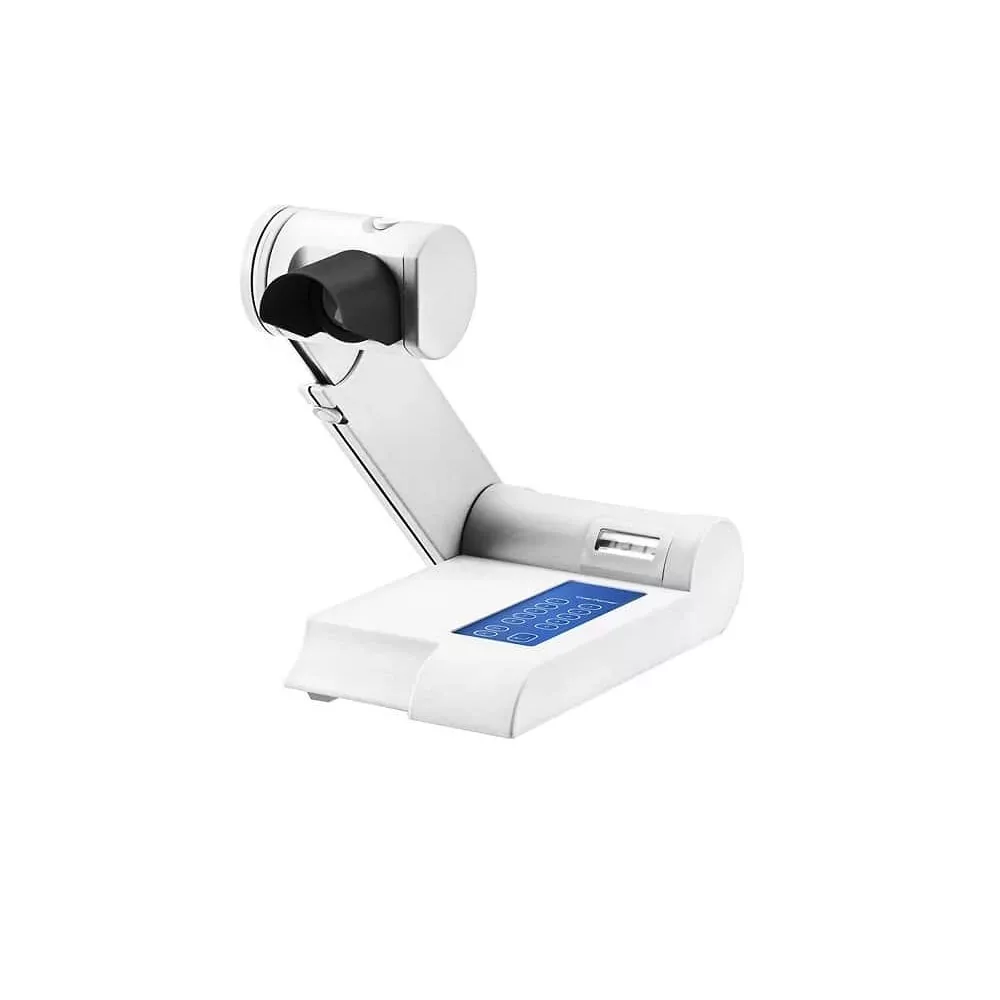Melting Point – Accurate Determination of Material Purity and Quality
Melting Point Cole Parmer MP-250D-P is an essential laboratory instrument used to determine the precise temperature at which a substance changes from a solid to a liquid. This measurement is crucial in research, pharmaceuticals, chemical manufacturing, and quality control because the melting point of a substance is a key indicator of its purity and chemical identity.
From analyzing raw materials to ensuring the consistency of drug formulations, melting point determination plays a vital role in maintaining laboratory standards and regulatory compliance.
What Is Melting Point?
The melting point of a substance is the temperature at which its solid and liquid phases exist in equilibrium. Determining the melting point provides:
-
Purity Assessment – Impurities usually lower and broaden the melting point range.
-
Identification of Substances – Each compound has a characteristic melting range.
-
Quality Control – Confirms that products meet industry and regulatory standards.
Types of Melting Point
-
Capillary Tube Melting Point Apparatus
-
Uses a small sample packed into a thin capillary tube.
-
Traditional, simple, and cost-effective method.
-
-
Digital Melting Point Apparatus
-
Provides automated temperature control and digital readouts.
-
Ideal for high-precision lab applications.
-
-
Automatic Melting Point Apparatus
-
Fully automated detection and documentation of melting points.
-
Increases efficiency for high-throughput laboratories.
-
Why Use a Melting Point Apparatus?
-
✅ Ensure Product Purity and Consistency
-
✅ Meet Regulatory and Pharmacopoeia Standards
-
✅ Save Time with Automated Analysis
-
✅ Support Research, Development, and Quality Assurance
-
✅ Identify Compounds Quickly and Accurately
How a Melting Point Works
-
Sample Preparation – A small amount of finely powdered sample is filled into a capillary tube.
-
Controlled Heating – The apparatus gradually heats the sample at a defined rate.
-
Observation – The point at which the sample starts to liquefy is recorded as the melting point.
-
Automatic Detection (Digital Models) – Sensors or cameras detect phase changes and record results.
Key Features of Modern Melting Point
| Feature | Description |
|---|---|
| High-Accuracy Temperature Control | Delivers precise and reproducible results |
| Digital Display | Easy-to-read temperature readings |
| Programmable Heating Rates | Flexible testing for different compounds |
| Built-in Cameras (Advanced Models) | Capture and document melting transitions |
| Data Logging & Connectivity | USB or Bluetooth for LIMS integration and reporting |
| Compact & Durable Design | Saves bench space and withstands regular lab use |
Applications of Melting Point Testing
| Industry/Field | Application Example | Purpose |
|---|---|---|
| Pharmaceutical | Drug purity and identity verification | Regulatory compliance and QA |
| Chemicals & Polymers | Compound identification | Material quality assurance |
| Food & Cosmetics | Melting behavior of fats, waxes, and oils | Product consistency and stability |
| Research & Academia | Compound characterization studies | Experimental verification |
Benefits of Using a Melting Point
-
🌡 High-Precision Measurements – Ensure accurate and reproducible results.
-
📊 Easy Data Documentation – Digital models simplify recordkeeping.
-
🧪 Time-Efficient – Automatic units reduce manual observation time.
-
🛡 Supports Regulatory Compliance – Meets pharmacopeia and industry standards.
-
🧬 Versatile Applications – Suitable for chemicals, pharmaceuticals, and food analysis.
Choosing the Right Melting Point
-
Sample Throughput – Choose manual for low volume or automatic for high volume testing.
-
Accuracy Requirements – Advanced digital models offer precise, reproducible results.
-
Documentation Needs – Opt for data logging and connectivity for regulatory compliance.
-
Budget & Usability – Compact, digital options are ideal for modern laboratories.
Summary
A melting point is an indispensable tool for material identification, purity verification, and quality control in scientific and industrial applications. With options ranging from manual capillary systems to advanced digital models with automated detection, laboratories can achieve accurate, reliable, and efficient melting point analysis to meet the highest industry standards.





Reviews
There are no reviews yet.